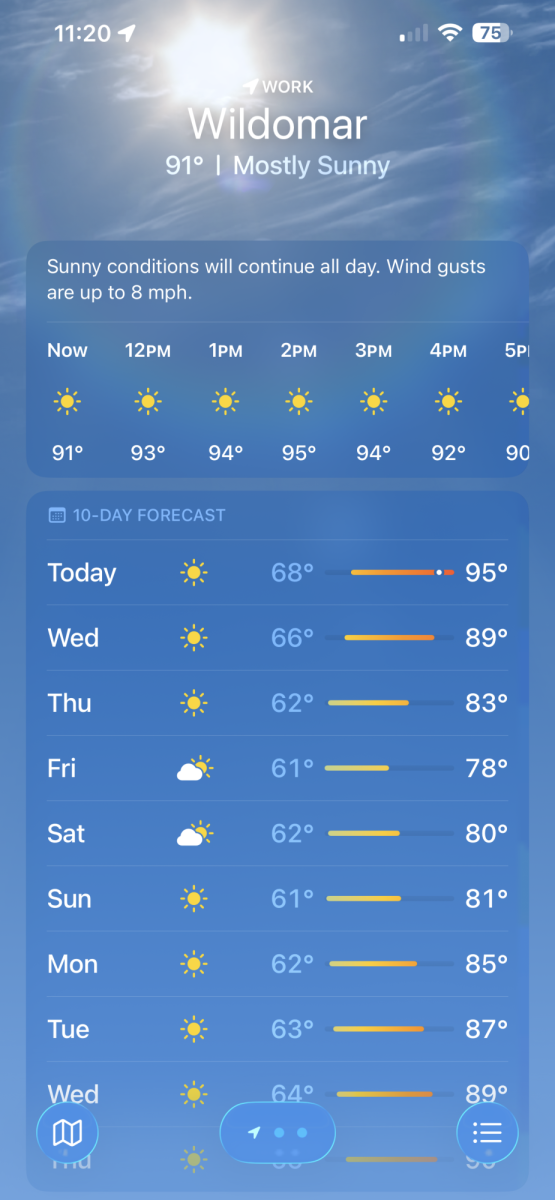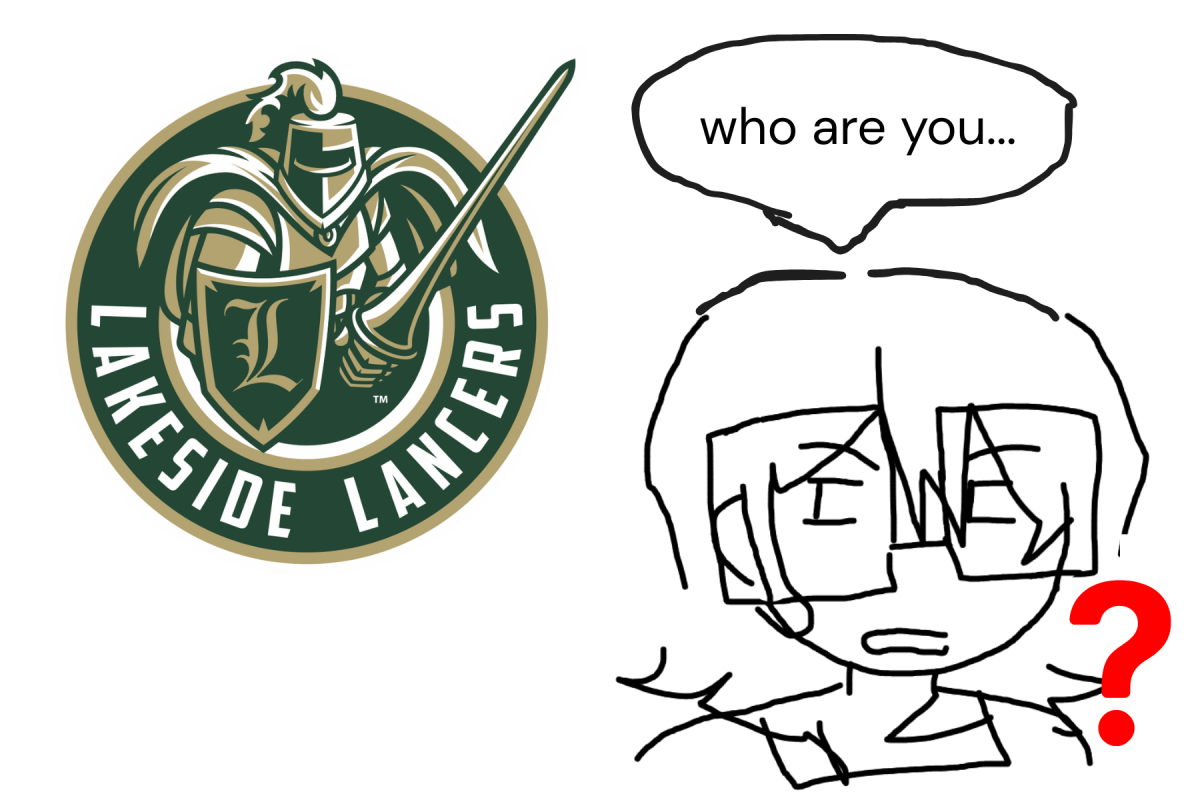The Moon is Earth’s only natural satellite, a rocky body with a diameter of about 2,159 miles. It orbits Earth at an average distance of 238,855 miles and takes about 27.3 days to complete one orbit. The Moon’s gravitational pull influences Earth’s tides and the same side of the Moon always faces Earth due to synchronous rotation. The Moon’s surface is covered in craters, maria (dark, flat plains formed by ancient volcanic activity), and highlands. The Moon has a negligible atmosphere, resulting in extreme temperature variations and a lack of sound. While previously thought to be dry, evidence suggests the presence of water ice in shadowed craters, according to NASA. The Moon can cast a shadow on Earth during a lunar eclipse, or it can pass in front of the Sun during a solar eclipse. The Moon is slowly drifting away from Earth, at a rate of about 1.5 inches per year.
Categories:
Facts About The Moon
0
More to Discover
About the Contributor

Luna Wildheart, staff writer
I am the oldest of three and an asthmatic. I’m interested in Yu Gi Oh, Pokémon and stuff like that.






























